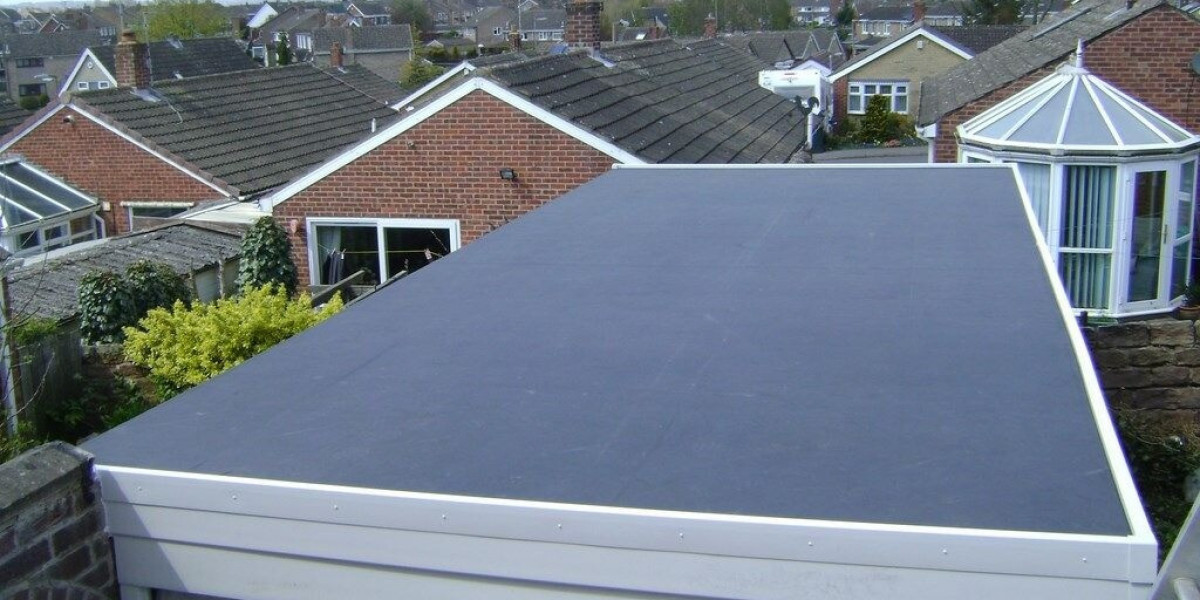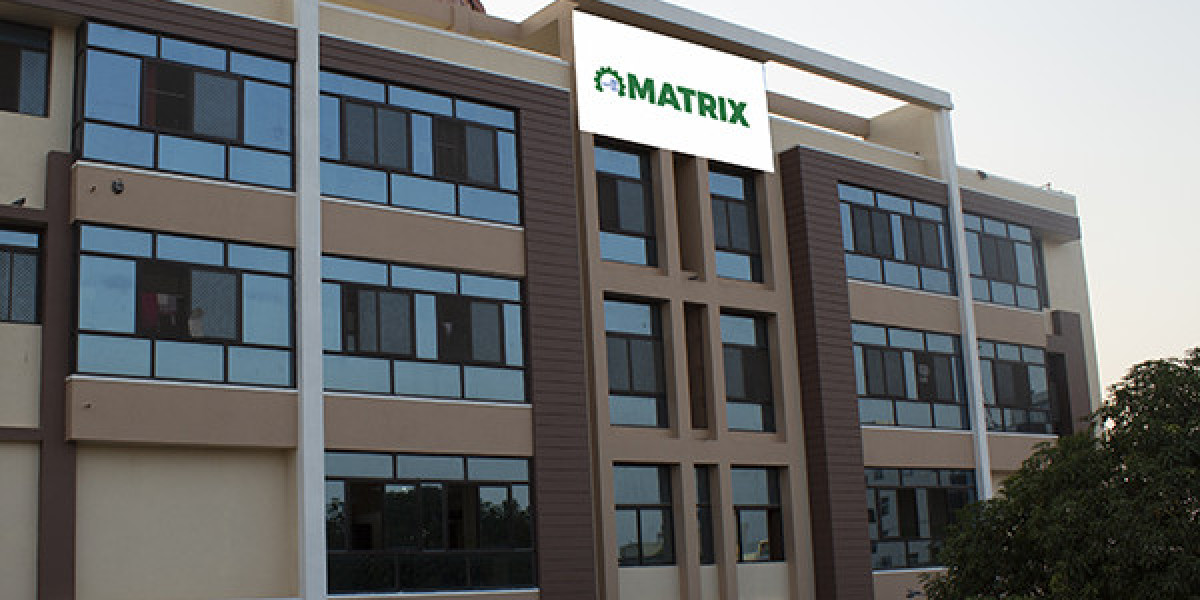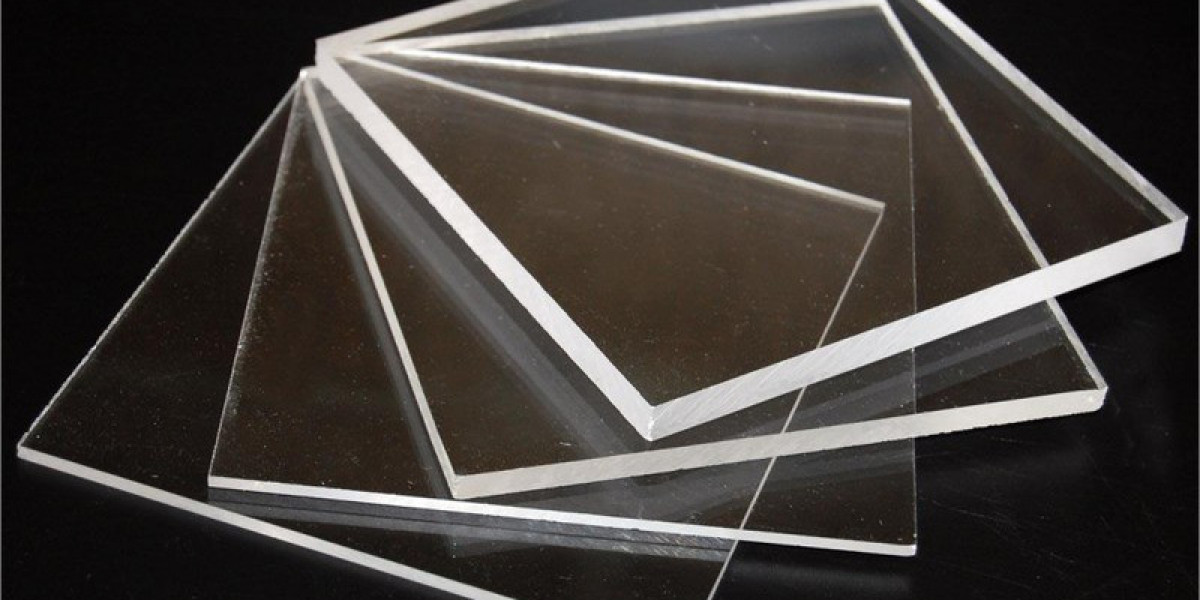Flat roofs are a sleek and practical choice, especially for modern homes and commercial buildings. They offer usable space, a clean look, and easier access compared to pitched roofs. But when it comes to longevity? That takes some effort on your part. With the right care, your flat roof can last for decades—so let’s walk through the best ways to make that happen.
Why Flat Roof Maintenance Matters
Here’s the deal: flat roofs are more prone to water pooling, cracking, and general wear over time. Unlike sloped roofs, they don’t naturally shed water and debris. So, if you want to avoid leaks, costly repairs, and early replacements, regular upkeep is non-negotiable.
And if you’re dealing with flat roofs in Twickenham, where rain and unpredictable weather can really put a roof to the test, maintenance becomes even more important. Local weather plays a big role in how quickly roofing materials deteriorate, so staying proactive is key.
Inspect Your Roof Regularly
Let’s start with the basics—regular inspections. You don’t have to climb up there every week, but checking your roof a couple of times a year (ideally in spring and autumn) can save you a world of trouble. Look out for:
Blisters or bubbles in the membrane
Cracks or splits
Pooling water
Blocked drainage points
Catching these early can mean the difference between a small fix and a full replacement.
Keep It Clean
Debris is one of the flat roof’s worst enemies. Leaves, branches, and dirt can trap moisture and weigh the roof down. Over time, this leads to sagging and damage. Make it a habit to clear off any debris—especially after a storm. A clean roof is a healthy roof.
Deal with Ponding Water Immediately
If water is sitting on your flat roof more than 48 hours after a rain, that’s a red flag. It can slowly degrade the roofing materials and eventually cause leaks or structural damage. Proper drainage is everything. Make sure your roof has the right slope and that gutters and downpipes are clear and working.
Fix Small Issues Before They Grow
A minor crack might not look like much, but water can get in, freeze during winter, and make the damage worse. Flat roofs don’t forgive neglect. Whether it’s a small tear in the membrane or loose flashing, fix it early and save yourself the headache (and expense) later on.
Use High-Quality Materials for Repairs
If you're patching things up, don’t skimp on materials. Cheap sealants or off-brand patches might hold temporarily, but they won’t last. Always opt for high-quality, weather-resistant products—or better yet, get a trusted roofer to handle it. The better the materials, the longer your flat roof will hold up.
Watch the Flashing and Edges
Flashing—the thin strips of metal or waterproof material that seal roof joints—is vital. Over time, flashing can loosen or crack, especially around chimneys, skylights, and vents. These weak points are often where leaks start. During inspections, pay close attention to these areas.
Consider Roof Coatings
Roof coatings act like a protective barrier against UV rays, moisture, and temperature changes. They can extend your flat roof’s lifespan significantly. Think of it as sunscreen for your home. There are different types—like silicone, acrylic, or elastomeric coatings—so consult a roofer to see what works best for your setup.
Insulate and Ventilate Properly
It’s not just what’s on top that matters—what’s underneath counts too. Proper insulation and ventilation help manage moisture and prevent condensation, which can weaken the roof from the inside out. This is especially true in colder months. A well-insulated building will also keep your energy bills down.
Don’t Delay Professional Inspections
Sure, DIY checks are helpful, but a trained eye can spot problems you might miss. Schedule a professional inspection at least once a year. Roofers can assess the condition of the membrane, check the structure, and recommend any necessary work. In places like Twickenham, where roofs face a fair share of rainy days, having a local expert assess your roof can make a big difference.
Know When It’s Time to Reroof
Unfortunately, no roof lasts forever. If your flat roof is nearing the end of its expected lifespan (usually 20–30 years depending on materials), even regular maintenance might not be enough. Watch for signs like frequent leaks, widespread blistering, or sagging. At that point, investing in a new roof might be more cost-effective than constant patchwork.
Keep Records of Maintenance and Repairs
If you’ve done work on your roof, keep track of it. Documenting maintenance, inspections, and repairs gives you a clearer picture of your roof’s condition. It’s also super helpful if you ever plan to sell your home—it shows potential buyers that the roof has been well cared for.
Educate Yourself About Your Roofing System
Not all flat roofs are the same. There are several types—EPDM, TPO, modified bitumen, and built-up roofs, just to name a few. Each has different lifespans and care requirements. Knowing what kind of system you have helps you make smarter maintenance decisions.
Final Thoughts
Your flat roof does a lot of heavy lifting—it protects your home from the elements, insulates your space, and can even offer extra usable surface. But it won’t last forever without a little help from you. The good news? Extending your flat roof’s lifespan doesn’t have to be complicated or expensive.










